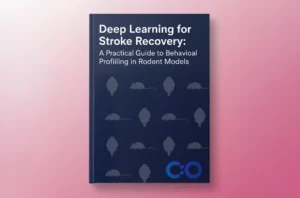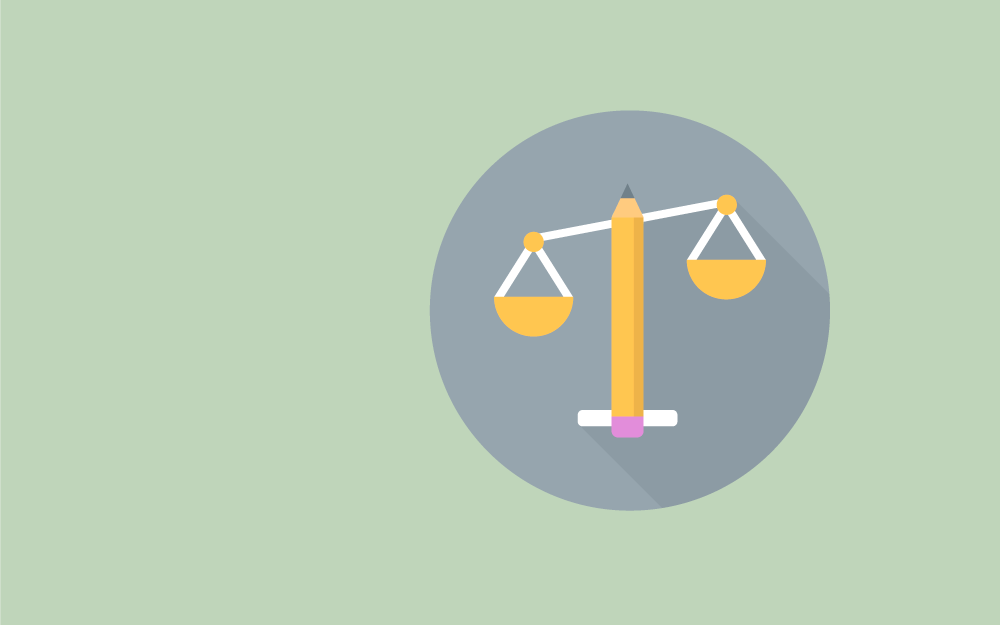

Science is a ladder that leads to success. It is a firm, solid support system – like a ladder – that opens realms of medical possibilities and discoveries. Each rung of the ladder adds strength, value, and support to the journey. The ladder of science, its rung, rails, locks, and steps are built on a foundation called ethics.
Ethics are the moral codes abided by an individual while performing a specific task at hand. It is ethics that keep the ladder stable and reliable to allow scientific and medical ascent.
Grant proposal writing, being part of a scientific and biomedical endeavor, has its own set of ethics that a potential grantee must follow so as to increase the odds of success. There are numerous ethical concerns that the author should keep in mind while writing the grant application. We will discuss a few in this article.
It means hiring a grant writer for drafting your application in exchange for money. This is considered an unethical way of earning funds for your research. No one can write a better application than the investigator himself.
First of all, you have to seek approval from the Ethics Committee for the subjects involved in your scientific research. Get authorization from the animal care organization if animals, such as rats, mice, monkeys, chimpanzees, pigs, etc., are to be involved in your experiments. (Izet, 2012)
Next, take fully informed consent from the people taking part as subjects in your research. This consent should be in written form mentioning all the procedures to be conducted on them. Also, a statement of approval for sharing their necessary information like photographs (if needed) with the viewers should be written in it.
Secondly, you should conduct all your research with the consent of all your research team members. They should know about the study design that is to be fostered in your research. Everything should be discussed with them in detail and with their full involvement. Failed to do so, your research application will be rejected.
Refrain from exaggeration in the list of aims and hypotheses. Proposing too many aims than can actually be achieved in a given period is another example of unethical grant writing. Hence, be genuine in claiming your research objectives.
Intellectual sincerity is to be followed in every step of research starting from the research question until its final publication. Data fabrication means dishonesty in your data presentation. Avoid forgery in your research. It will do you no good. It will instead damage your impression on the peer reviewers as well as your overall research record.
Authentic data is proof of authentic research. Never try to invent the data on your own in case you have any data missing in your research. In this type of situation, stay honest and positive. Find a biostatistician and ask for his advice. He will definitely provide you with logical methods to deal with the missing data. The methods you use should be mentioned in your research with pure transparency.
Misusing statistics for the sake of diverting your research to a specific result is another type of data fabrication and is illegal. Therefore, you are advised to stick to your own intellect if you want to win any grant.
In simple terms, fraud is doing something illegal for personal benefit, and deceit is deceiving someone from finding the real truth. Both of the acts are considered ethical misconduct and should be avoided at all costs.
Plagiarism is one of the greatest ethical defying acts in research. Avoid copying someone else’s research material into your own research study. Claiming stolen data as your own is an offensive act to perform. It can get you and your team members sued from research conduction for a lifetime. There are types of different types of plagiarism. These include:
It is the exact copy-pasting of the material from someone else’s research into your own. Not a word is displaced in it. It is easily detected by the plagiarism software, and your staff will warn you clearly about it. This software is purely designed to point out the exact original source of the material. Immediate rejection of your application will happen, and that will only harm your own reputation as a grant writer.
In this, the research material is a mixture of your own and others. To describe it, the term paraphrasing is used and is very common nowadays. This makes your research lose its originality. Since uniqueness is the feature that peer reviewers search for the most, avoid doing this sort of plagiarism. It is considered inappropriate for a researcher’s virtue. The grant application, as well as your whole research, should be original and one of a kind.
This problem is faced exclusively by researchers with multiple scientific publications. Reusing your own published working material without citations is called self-plagiarism (Farroq & Karen, 2011). Even using your own words from your previous publications will be marked as an act of plagiarism. If you want to quote any of the previously publicized material, use quotations. This will point out to the reader which material is actually derived from your own research.
Authorship is mainly attributed to those members of a research team who have contributed largely to the research conduction. Simply gathering sample research data or keeping in check the control group does not entitle you to authorship. You have to earn this title through your hard work & intellect. Three qualities of a researcher make him eligible for authorship. These are:
Those ineligible are not awarded authorship. Services like provision of technical help of any sort are to be mentioned in acknowledgment section only after written approval from your representing institute. Write the names of all the authors, along with their authorship in your grant application. Give the title of the first author to the member who played a major role in devising and augmentation of research & as well as in grant writing. Generally, the senior author’s name is declared at the end.
In this section, produce all the information regarding the origins of your research finance. As finances may disturb a person’s judgments, it is requested by NIH to show all the sources of funds that your research has availed. Finances can be of any sort e.g., fees or earning given by your concerned institution to conduct your research. If there is no such conflict and you have chosen a transparent financial approach, express it as well in this part of your grant application.
Secondly, this section is used majorly by those researchers who are conducting new drug trials. Many companies offer money to the investigators for making a drug trial successful. Avoid using external sources of finance from those whose profit is dependent on your success. And if you have any, mention it clearly in your application under this section.
Lastly, keep in mind to report all the randomized, screened, and assessed subjects of your research while deciphering the outcomes of your trial research (David, Kenneth & Douglas, 2001).
Most authors rely on ideas and information from other publications. But when you do that without citing the sources of these ideas, it is a form of plagiarism. Avoid using charts, graphs, or tables that represent someone else’s information or statistics of any sort. Use them less often and with proper rules of citation given in the research manual NIH.
It would be a waste of both time and effort for you and your team members if you mix your work with the previously published ones. And as everyone knows that time is the greatest loss of all.
It is simple; when you paste word to word, the acquired material should be embedded inside the inverted commas. This will highlight the external material source and will be ethically approved.
Finally, all the cited material in your research paper should also be drafted in the references list at the end. These references should be reviewed cautiously for their accuracy in terms of author names, research title, date of publication, journal in which it is published and its online URL link. The URL coded in-text should match with the ones given in the references list. Errors and mistakes can occur while citing references and can cause problems for both the grant writer and the involving authors (Parmod, 2012).
Those who have assisted in the research work but do not meet all three eligibility criteria, for authorship, are to be mentioned in the acknowledgment section. Works like helping in writing, proofreading, or providing help in the procedures involving the research department, all these come under the acknowledgment section (Camille, Nian & Ban, 2016).
Every research has some drawbacks. Your research does too. Write all of the hazards that your study can potentially induce and the boundaries you have to be in while conducting it. To be precise and accurate, try using bullet points while enlisting them in your grant proposal.
Do not think for one second that disclosing all the risks will make the funder reject you. It is expected of you to be honest in your claims while writing a grant application. Defying or hiding the truth will come under the crime of deceit. Both positive and negative outcomes should also be clearly enlisted with their potential biases.
These are the biographical information regarding your senior investigators and the PIs involved in your research. Ensure authentic information along with all accomplishments of their careers. The sample format for bio-sketch is given on NIH bio-sketch section.
As a researcher, you have to sometimes rely upon the already published data as citation is necessary for publication of research. For this, you should be able to sort out relevant data and cite it as per the rules of NIH. Increasing the awareness about these ethical issues will have a positive impact on the grant application acceptance rate. Following these rules will indirectly make you a responsible researcher. Hence, making you accountable for every word you draft in your research and ensuring that honesty is your main weapon for it.
